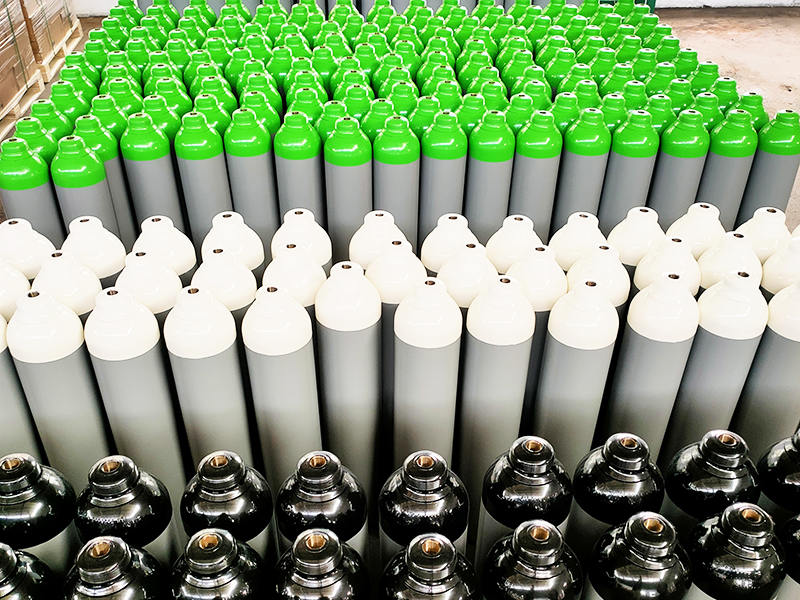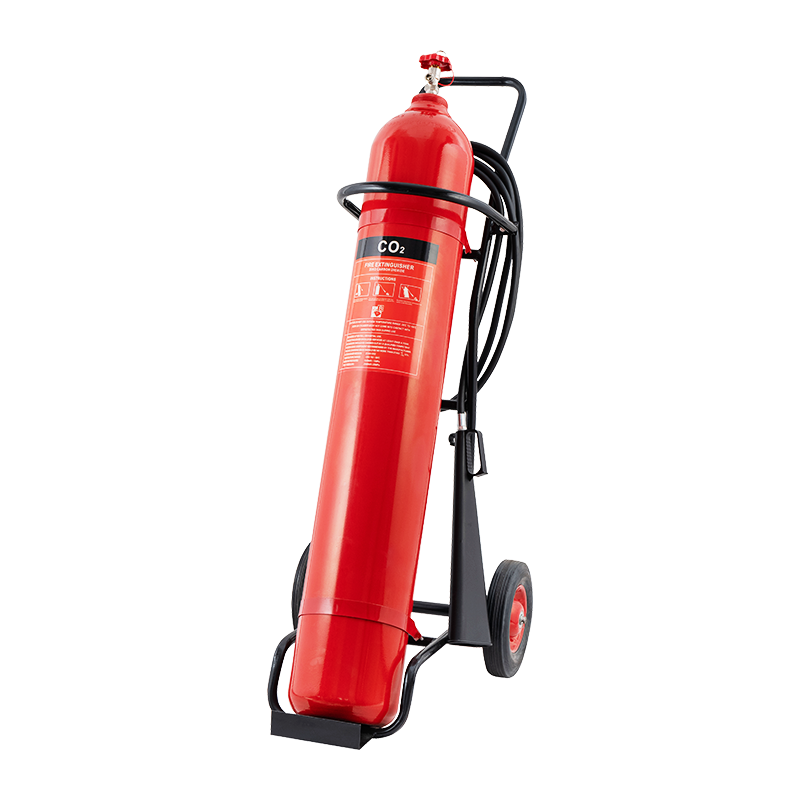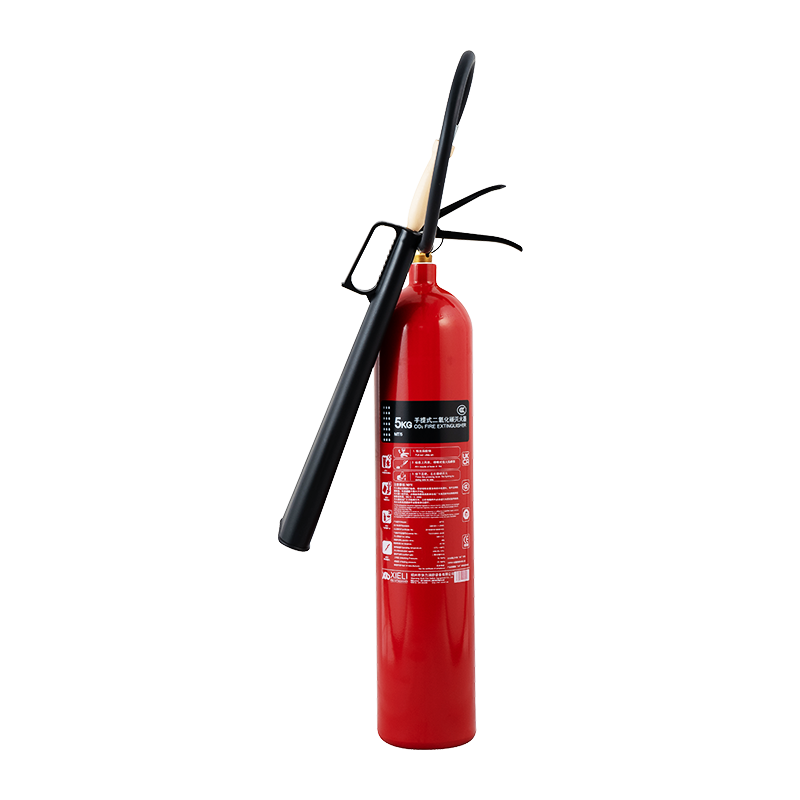Product Consultation
Your email address will not be published. Required fields are marked *

How does the alloy steel cylinder perform in terms of fatigue resistance, especially in dynamic applications where cyclic loading occurs?
Jun 03,2025
How does the Alloy Steel Cylinder’s design ensure resistance to wear and abrasion in heavy-duty industrial applications?
May 26,2025
How does the 3C Certified CO₂ Fire Extinguisher prevent the risk of re-ignition after the fire has been extinguished, particularly in enclosed spaces?
May 20,2025
CO₂ fire extinguishers, including the 3C Certified CO₂ Fire Extinguisher, primarily extinguish fires by displacing oxygen around the fire source. Since oxygen is one of the three essential components for combustion (fuel, heat, and oxygen), removing or reducing its concentration below the necessary level suffocates the fire. In enclosed spaces, the CO₂ gas remains concentrated around the fire area, effectively preventing the fire from re-igniting by maintaining a low oxygen environment. This makes CO₂ extinguishers particularly effective in small, confined areas where the gas cannot easily dissipate into the atmosphere. The CO₂ displaces oxygen in the air at a rate that ensures the fire is suppressed quickly and reliably, reducing the risk of re-ignition in those spaces.
While CO₂’s primary function is oxygen displacement, it also has a secondary cooling effect. As CO₂ is discharged from the 3C Certified CO₂ Fire Extinguisher, it expands rapidly, which leads to a significant drop in temperature. This cooling effect reduces the heat surrounding the fire, which is essential in preventing re-ignition. Lowering the temperature of the burning material below its ignition point ensures that the fire will not rekindle once it has been suppressed. Though the cooling effect of CO₂ is not as pronounced as some other fire suppression agents, it still contributes to the overall effectiveness of the extinguisher. It is particularly useful in preventing reignition in fires that are borderline extinguished but still possess residual heat that could otherwise lead to re-ignition.
Effectiveness in Confined or Enclosed Spaces: In enclosed spaces, such as small rooms or areas with limited ventilation, the 3C Certified CO₂ Fire Extinguisher becomes even more effective in preventing re-ignition. The gas, due to its density, tends to stay near the fire source, further reducing the oxygen levels in that localized area. In such confined settings, CO₂ will accumulate around the fire, displacing enough oxygen to ensure the fire remains extinguished. The confined nature of these spaces allows the CO₂ to build up and maintain its effectiveness for a longer period, providing an extra layer of safety against re-ignition compared to open-air environments, where the gas could dissipate faster.
The 3C Certified CO₂ Fire Extinguisher is designed for rapid and thorough discharge of CO₂. The faster and more complete the discharge, the quicker the fire is extinguished, and the higher the likelihood that the fire will not have a chance to reignite. CO₂ is released in a manner that floods the fire area with gas, rapidly lowering the oxygen levels and cooling the immediate surroundings. This quick discharge ensures that the fire is effectively smothered before any residual heat or flammable material has a chance to reignite the flame. The design of the extinguisher ensures that it empties efficiently, and in many cases, a single discharge is enough to deal with small to medium-sized fires.
Although the 3C Certified CO₂ Fire Extinguisher is highly effective at suppressing fires and preventing re-ignition, it is crucial for users to follow appropriate post-discharge procedures. In enclosed or poorly ventilated spaces, the potential for CO₂ to displace oxygen across the entire area is significant. After using the extinguisher, users must ensure that the area is adequately ventilated to allow the CO₂ to dissipate and oxygen levels to normalize. Even if the fire appears to be extinguished, users should continue to monitor the area for hot spots or areas that may still be capable of reigniting. It is also recommended to inspect the extinguished area for any remaining flammable material that could reignite. As with any fire safety equipment, the 3C Certified CO₂ Fire Extinguisher should be maintained regularly to ensure optimal performance during subsequent uses, especially if it has been previously discharged.
How does the Alloy Steel Cylinder’s design ensure resistance to wear and abrasion in heavy-duty industrial applications?
How does the Hydrogen Pressure Maintaining Valve ensure that hydrogen purity is not compromised during the pressure regulation process?
Your email address will not be published. Required fields are marked *
Model: MTT/24 Fire Extinguisher Rating: 89B、E Injection Time/S: ≥20 Jet Distance/m: / It has signifi...
Model: XL01-02 External Diameter: 103mm Fire Extinguisher Rating: 34B Test Pressure: 250bar Service ...
Model: XL01-07 External Diameter: 136mm Fire Extinguisher Rating: 89B Test Pressure: 250bar Service ...
Model: MTT/24 Fire Extinguisher Rating: 89B、E Injection Time/S: ≥20 Jet Distance/m: / It has signifi...
Model: XL01-02 External Diameter: 103mm Fire Extinguisher Rating: 34B Test Pressure: 250bar Service ...
Model: XL01-07 External Diameter: 136mm Fire Extinguisher Rating: 89B Test Pressure: 250bar Service ...